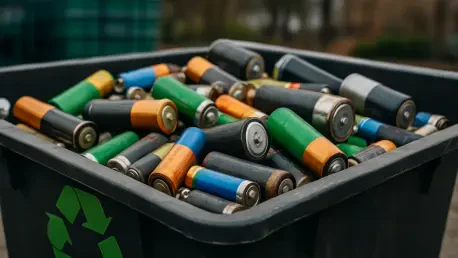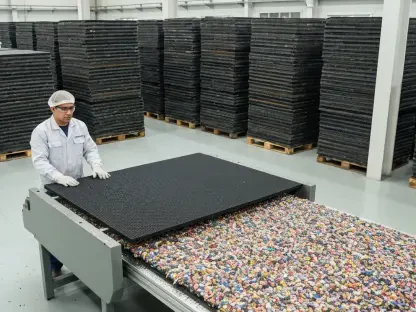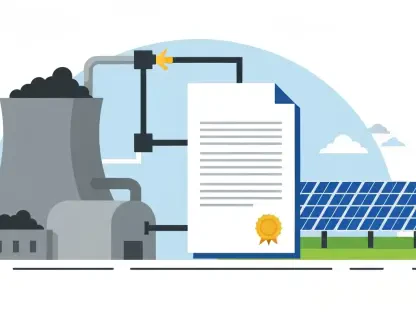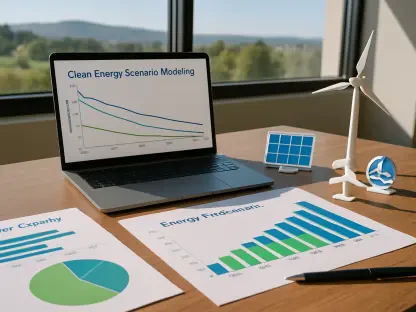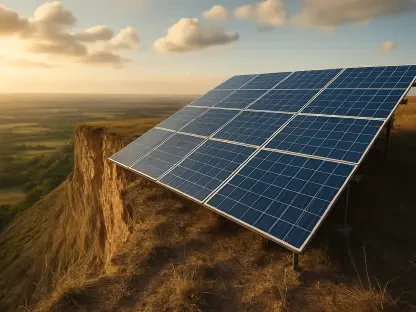I’m thrilled to sit down with Christopher Hailstone, a renowned expert in energy management and renewable energy, whose insights into electricity delivery and grid reliability have shaped sustainable practices in the utilities sector. Today, we’re diving into the critical topic of battery recycling, focusing on innovative tools and initiatives that are making it easier for communities to manage end-of-life batteries responsibly. Our conversation explores the importance of public education on recycling, the challenges consumers face in accessing recycling options, and how strategic partnerships and solutions are helping to build a more sustainable future for critical mineral supply chains.
How did the idea for the WeRecycle Interactive Battery Recycling Map come about, and what impact do you hope it will have on consumer behavior?
The WeRecycle Interactive Battery Recycling Map was born out of a need to bridge the gap between consumers and accessible recycling options. We recognized that many people want to recycle batteries, especially lithium-ion ones, but simply don’t know where to go. By creating an easy-to-use tool where folks can enter their zip code or city and find nearby locations, we’re removing that barrier. Our hope is that this map, which currently features nearly 750 spots across the U.S., will encourage more people to recycle rather than toss batteries in the trash, ultimately reducing environmental risks and supporting a circular economy.
What makes educating communities about proper battery recycling so crucial, especially when it comes to lithium-ion batteries?
Educating communities is vital because improper disposal of batteries, particularly lithium-ion ones, poses serious safety and environmental hazards. When these batteries end up in regular trash, they can leak toxic substances or even cause fires in landfills or waste facilities. By teaching people the right way to recycle, we’re not only preventing these dangers but also ensuring valuable materials are recovered and reused. It’s about protecting our planet and our neighborhoods, and fostering a mindset of responsibility.
Can you walk us through some of the specific challenges consumers face when trying to recycle batteries?
Absolutely. One of the biggest challenges is access. A recent report we looked at showed that over 40 percent of people don’t have a recycling location near their home, often needing to drive more than 10 miles to find one. That distance can be a real deterrent. On top of that, there’s a lack of awareness—many folks aren’t sure which batteries can be recycled or where to take them. These barriers often lead to batteries being thrown out improperly, which is something we’re working hard to change through better tools and outreach.
How does your partnership with major retailers enhance the accessibility of battery recycling for the average person?
Partnering with major retailers has been a game-changer for us. These collaborations allow us to tap into their extensive network of locations—over 700 in some cases—turning everyday stores into convenient drop-off points for end-of-life batteries. This means someone can swing by a familiar spot on their way home or during a shopping trip to recycle, rather than making a special journey. It’s all about integrating recycling into daily life, making it as easy as possible for the average person to participate.
Tell us more about the WeRecycle Battery Boxes and how they address safety concerns in the recycling process.
The WeRecycle Battery Boxes are a practical solution we’ve developed to help people recycle safely from the comfort of their homes or workplaces. These kits are designed to collect dry cell batteries and small electronics in one secure container. Once full, you ship them back to us using prepaid labels, and we handle the rest. What’s key is that these boxes comply with Department of Transportation guidelines for safe handling and shipping, so there’s no risk of leaks or fires during transit. It’s a simple, secure way to ensure batteries are managed properly.
In what ways does increasing access to battery recycling contribute to broader goals like strengthening the domestic supply chain for critical minerals?
Increasing access to battery recycling has a ripple effect on the broader economy, especially when it comes to critical minerals like lithium. These materials are essential for powering everything from smartphones to electric vehicles, but they’re finite and often sourced from limited regions. By recycling more batteries, we recover these valuable resources domestically, reducing reliance on foreign supply chains and boosting sustainability. It’s a win-win: we lessen environmental impact and build a more resilient supply network for future innovation.
What is your forecast for the future of battery recycling as technology and consumer awareness continue to evolve?
I’m optimistic about the future of battery recycling. As technology advances, we’re seeing more efficient ways to recover materials from batteries, which will make recycling even more cost-effective and impactful. At the same time, consumer awareness is growing—people are becoming more conscious of sustainability and their role in it. I believe we’ll see a surge in participation over the next decade, especially as tools like interactive maps and convenient drop-off points become more widespread. If we keep pushing for education and accessibility, battery recycling could become second nature to most households, significantly reducing waste and supporting a greener economy.
